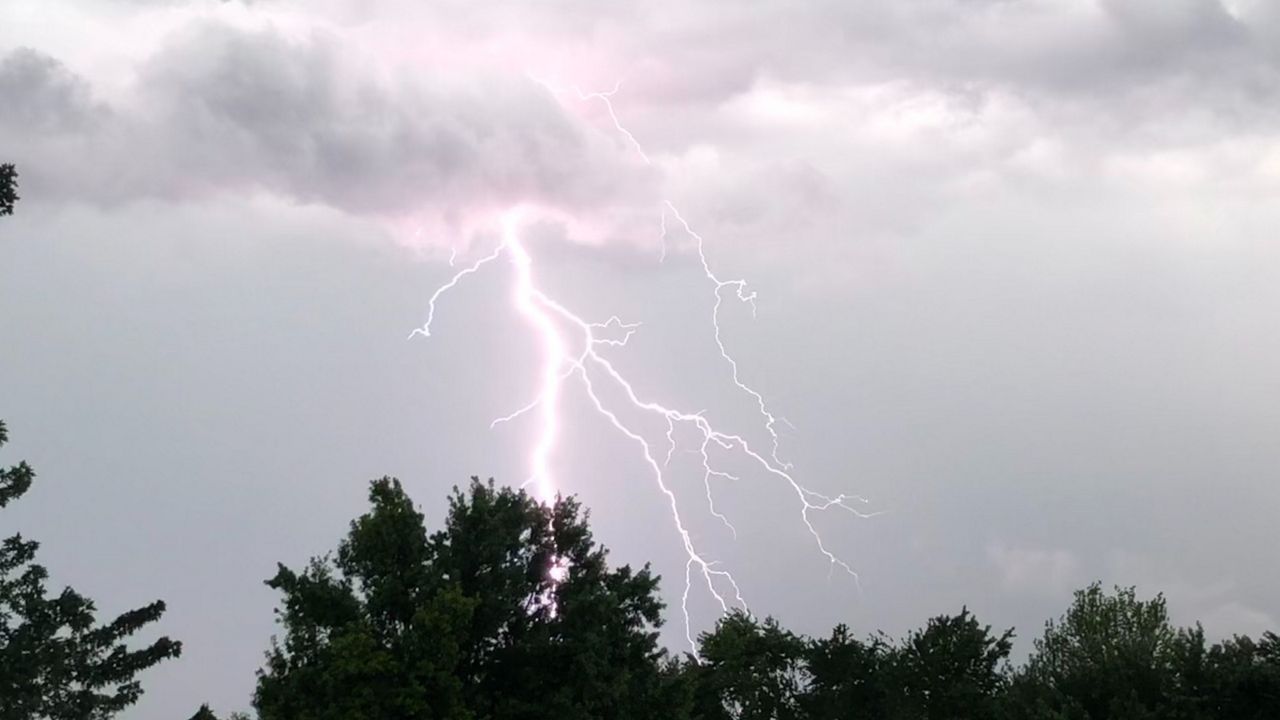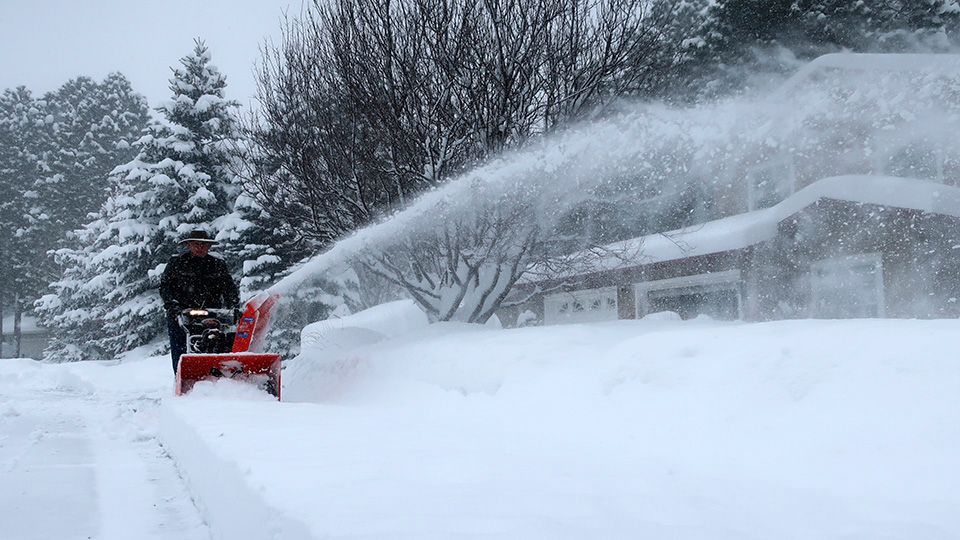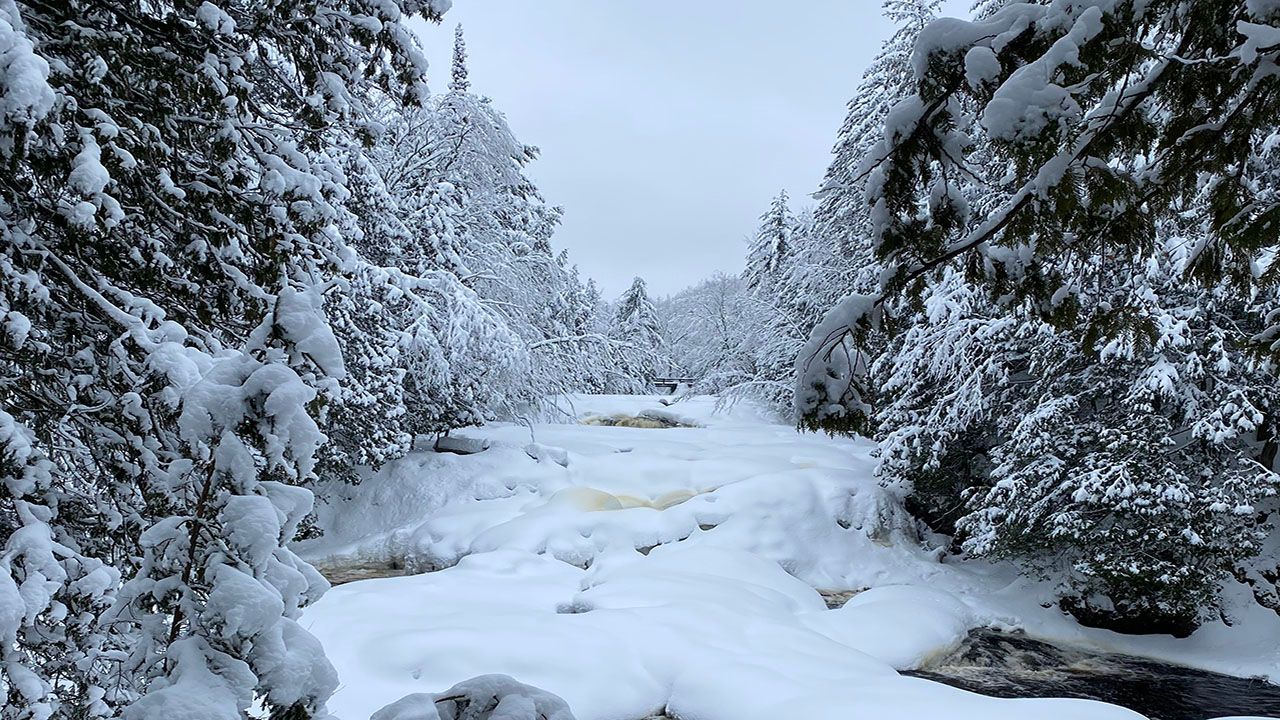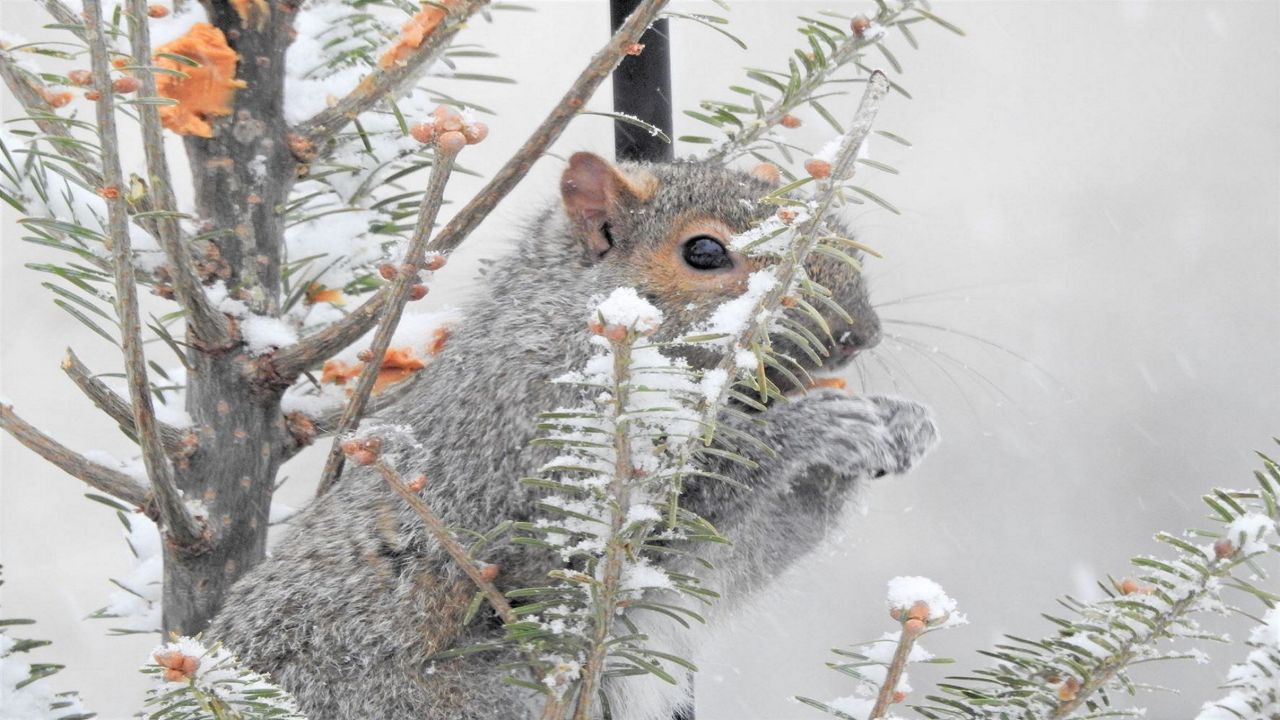Have you ever wanted to walk through a cloud? Honestly, most of you probably have already done it.
A cloud consists of an area of atmosphere with sufficient water droplets, and fog is essentially just that.
According to Understanding Weather and Climate, fog is "air that is adjacent to the surface and contains suspended water droplets, usually formed by diabatic cooling."
So, the next time you see your friends, you can tell them what it feels like to walk through a cloud. You can also make a cloud yourself.
There are a few ways that fog forms.
Fog can form by:
- Lowering the air temperature to the dew point
- Increasing the water vapor content
- Mixing cold air with warm, moist air
Let's go over some of the different types of fog that you may experience.
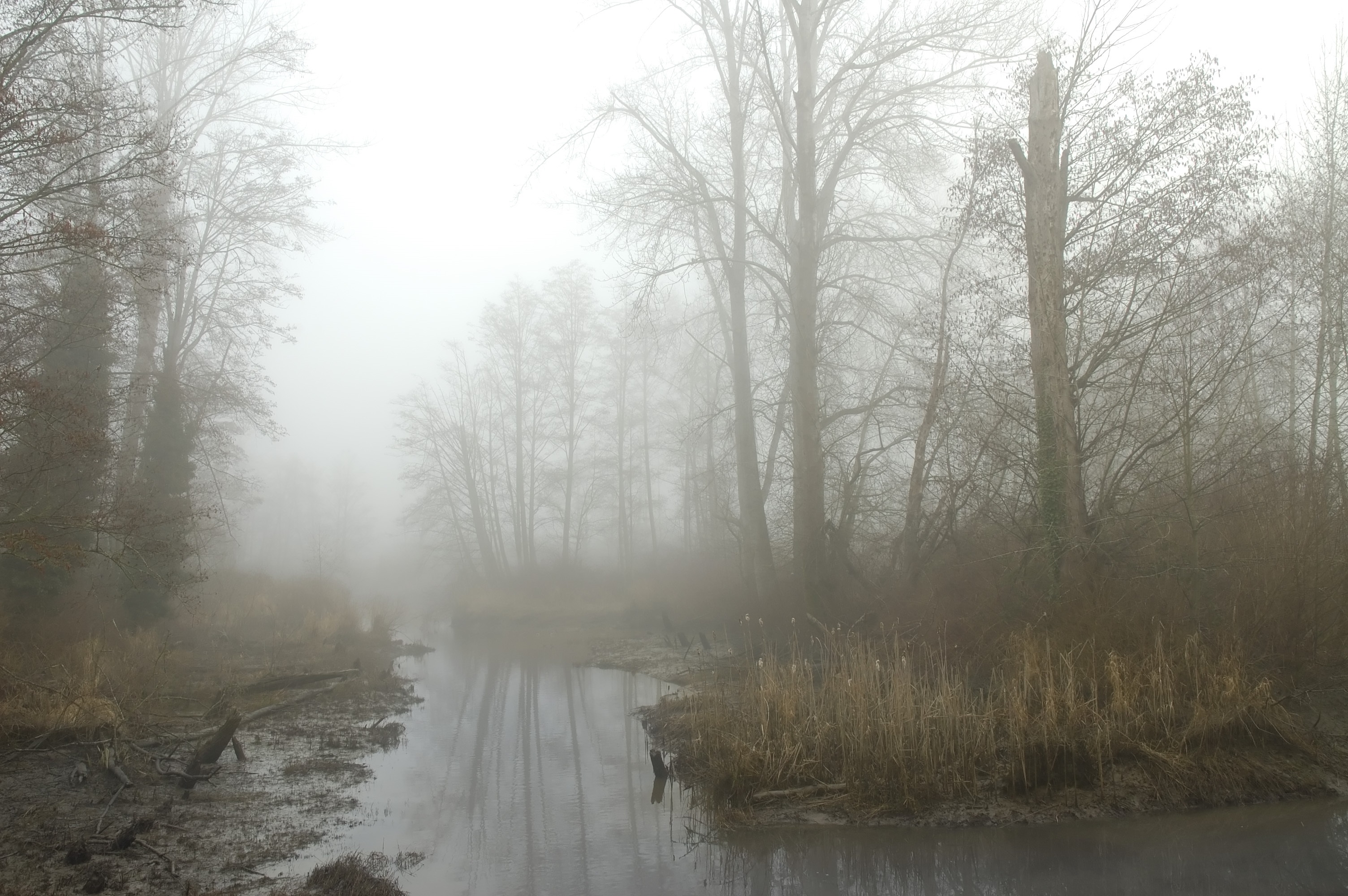
Picture a rainy day. As you watch the raindrops fall, you see in the horizon that fog is forming. Why is that happening?
Well, with the evaporation of water from falling raindrops, it can actually raise the dew point in the air beneath the cloud, and if enough vapor is added to the air to saturate it, precipitation fog starts to form.
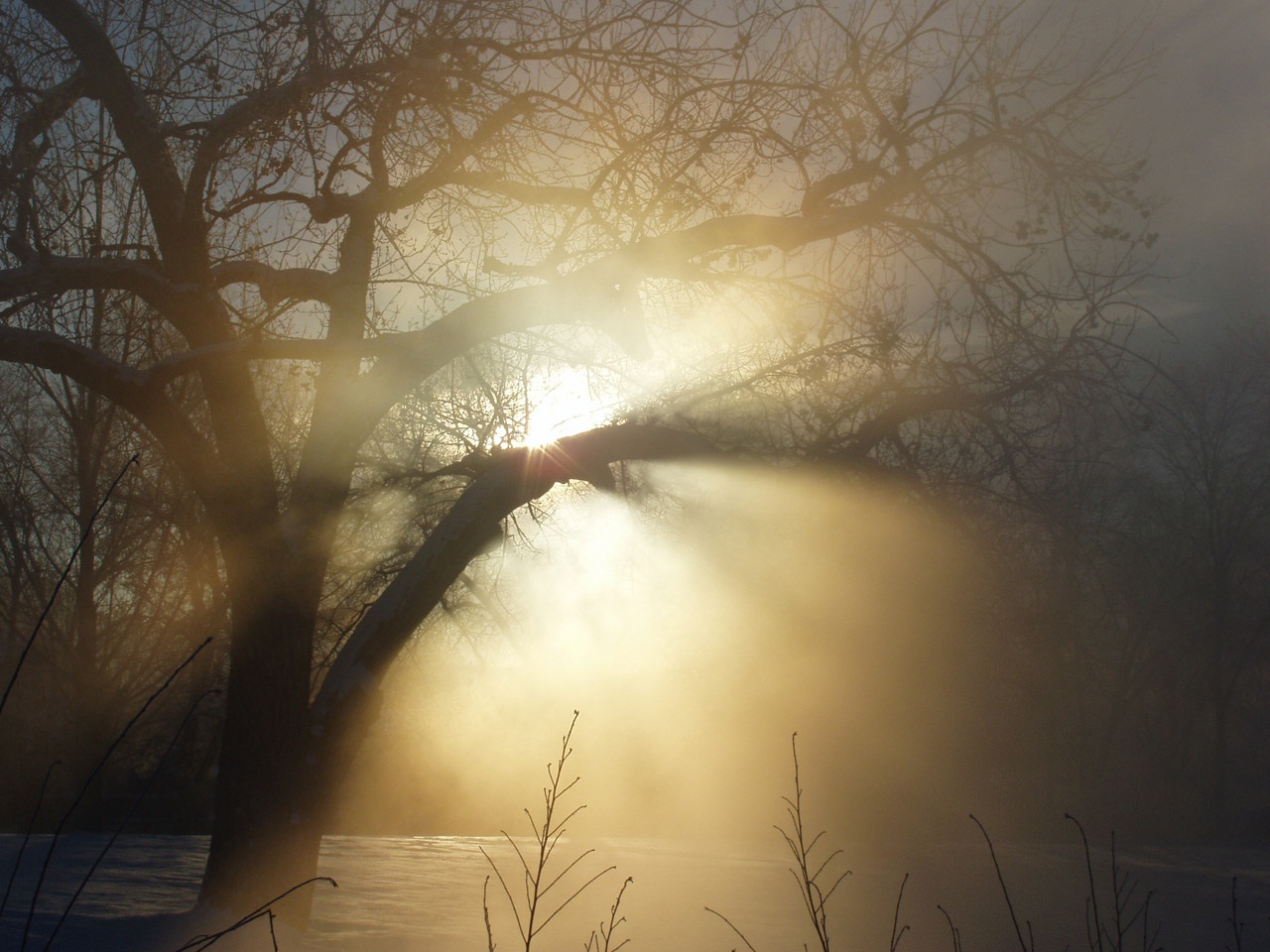
When cold air passes over a warm body of water, the air above the water (which tends to be warmer due to evaporation), will mix with the cold air, creating a layer of fog.
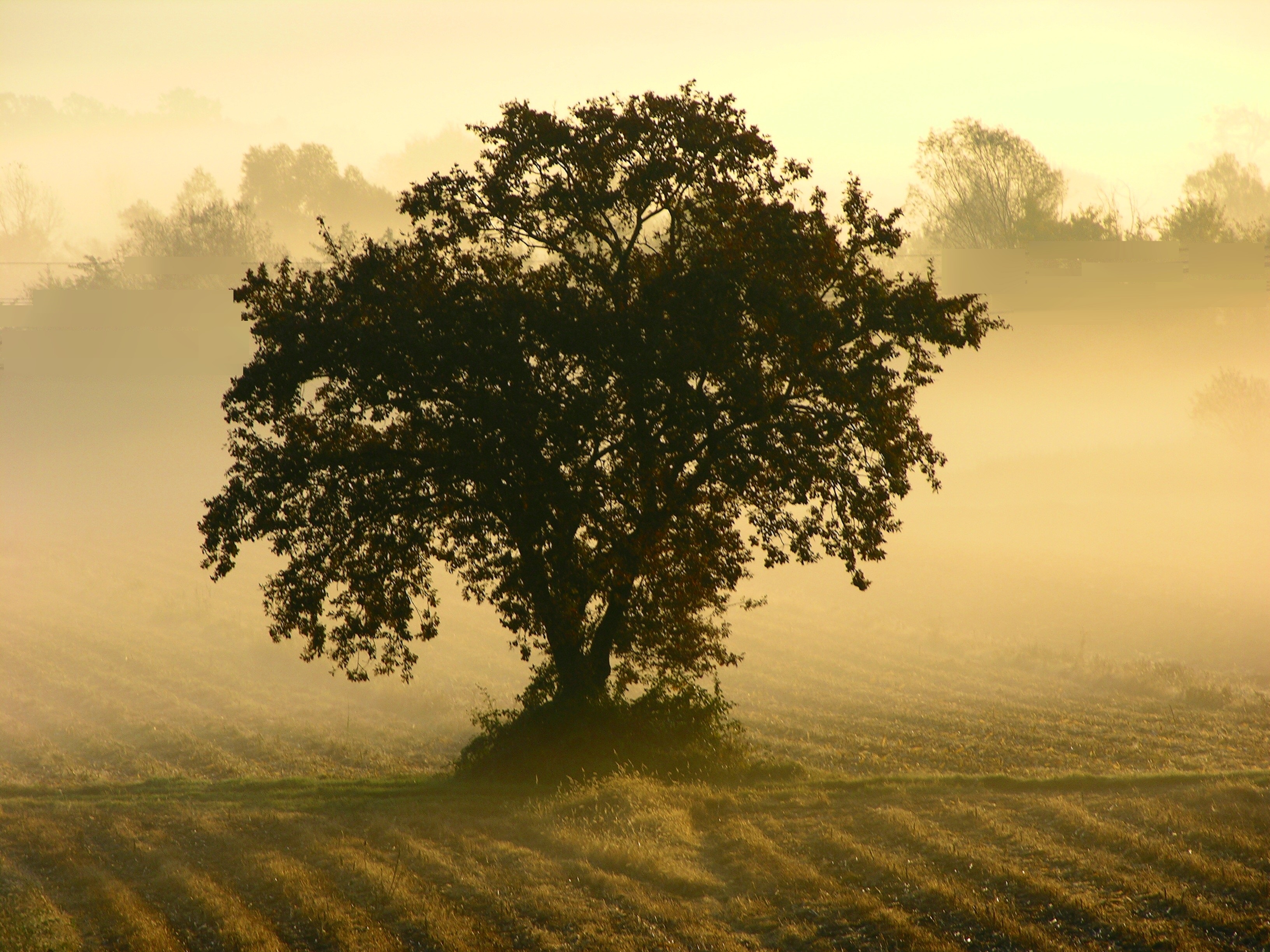
This type of fog develops when the the nighttime loss of heat causes the air temperature to cool to the dew point.
You may see this fog on calm and clear nights. Radiation fog tends to burn off shortly after sunrise.
This is because as the sun rises, the sunlight warms the surface, causing the air temperature to get warmer than the dew point.
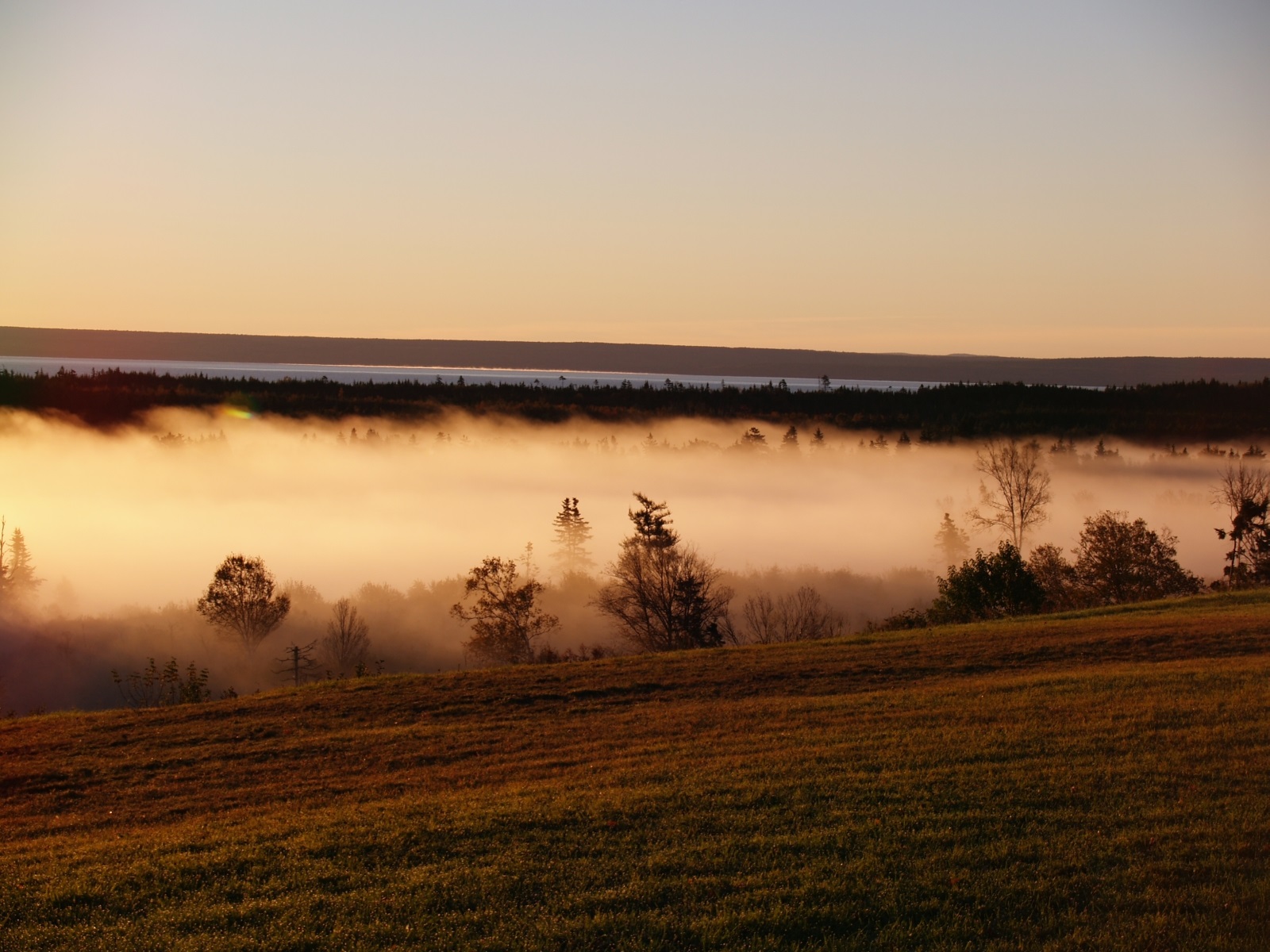
This forms when warm, moist air moves horizontally over a cooler surface.
One of the most common examples people point to is when fog forms around the Golden Gate Bridge in San Francisco.
When the warm Pacific air passes over the cooler California ocean currents, advection fog forms.
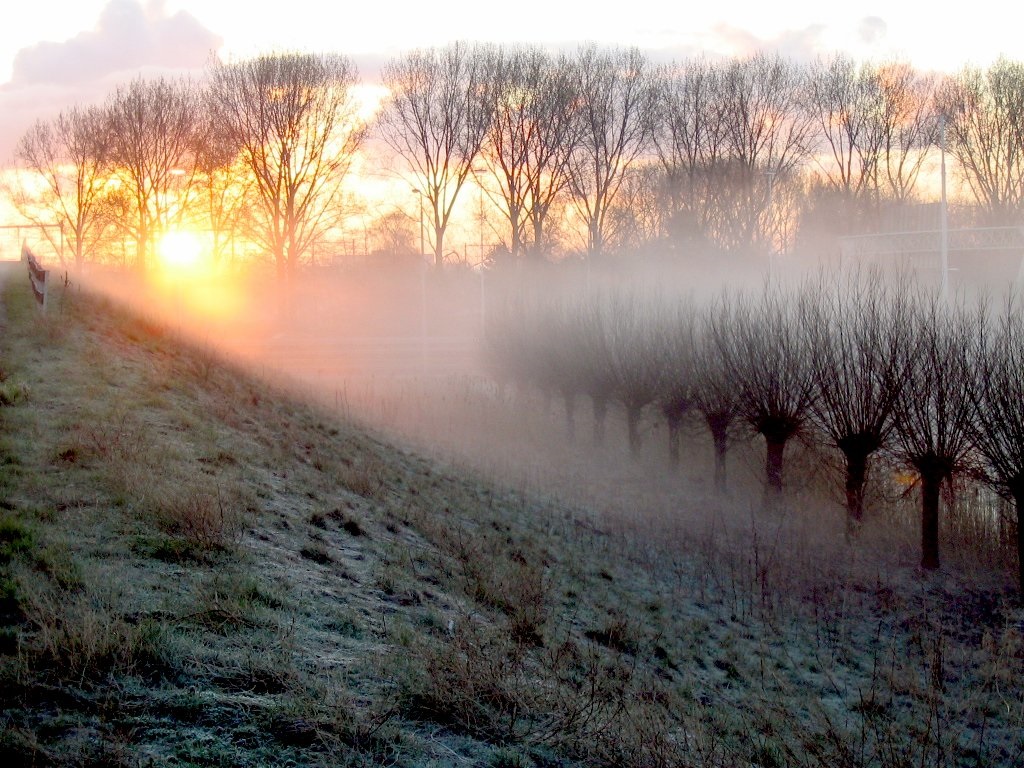
As you can tell by the name, a sloping geographical feature is involved in the formation.
When air flogs along a sloping surface, it expands and cools as it moves upward. This process is also referred to as adiabatic cooling.
Regardless of how the fog formed, it can be dangerous if it forms when temperatures are below freezing.






